An introduction to the coffee flavor characteristics of Lake Titicaca coffee in Bolivia, the highest in South America.
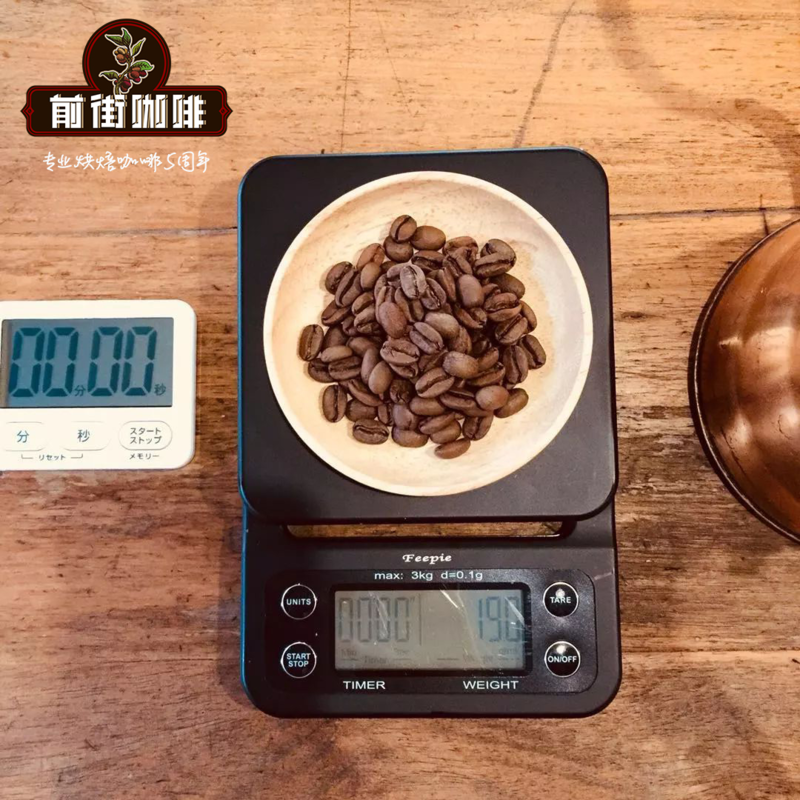
Qianjie popular Science has grown coffee in most countries located in the equator, which is the unique planting advantage of the "coffee belt". There are three major coffee producing areas in the world: Asia, America and Africa. Coffee is grown in more than 50 countries, with very rich and colorful coffee varieties and coffee beans with different flavors and tastes. There is a small coffee-producing country, but its popularity is not low, that is, Bolivia!
South America is rich in coffee beans, and Bolivia is no exception. The unique tropical rain forest environment in some parts of Bolivia provides excellent natural conditions for the growth of organic coffee. The aroma of Bolivian coffee is rich and unique, both the aroma of ground beans and the aroma of coffee are obviously rich, similar to the mixture of flower and fruit aroma, impressive.
The advantage of Bolivian coffee lies in its high altitude and excellent varieties of coffee, where the traditional Tibica and a small amount of Kaddura are highly valued in the world market. In the past, coffee trees in Bolivia used to act as hedges and ornaments around the garden. Real commercial production began in the early 1950s. The coffee industry in Brazil was badly damaged by the great frost in 1957, while Bolivia (Bolivia) benefited and developed rapidly. Bolivian coffee is grown at an altitude of 18000 to 2670 meters above sea level, and the Arabic washed coffee beans are exported to Germany and Sweden, which is not the best today and has a bitter taste.
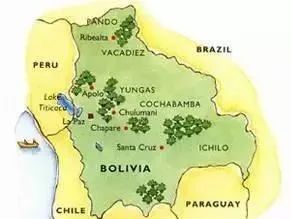
Lake Titicaca, located on the Coaya Plateau on the border between Bolivia and Peru, is the highest and largest freshwater lake in South America, one of the highest large freshwater lakes in the world, the highest navigable lake in the world, and the third largest lake in South America (after Lake Maracaibo and Patus lagoon).
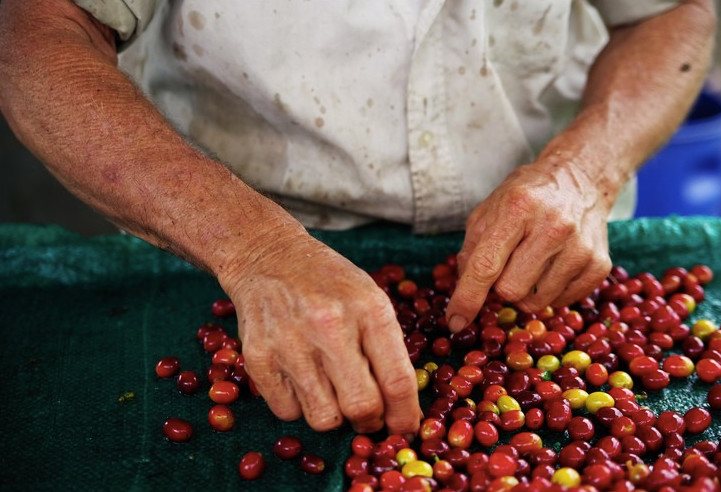
Lake Titicaca Copacabana
Bolivia's high-quality estates, very high altitude, perennial low temperature environment, so that coffee fruit growth is slow, tight enough, aroma is also charming, floral aroma is obvious, such as careful handling, cherries with the same maturity, often have a clean and meticulous high-end taste, this elegant vanilla and honey aromas are very attractive, this champion bean has a variety of floral aromas, vanilla and sweet very long-lasting.
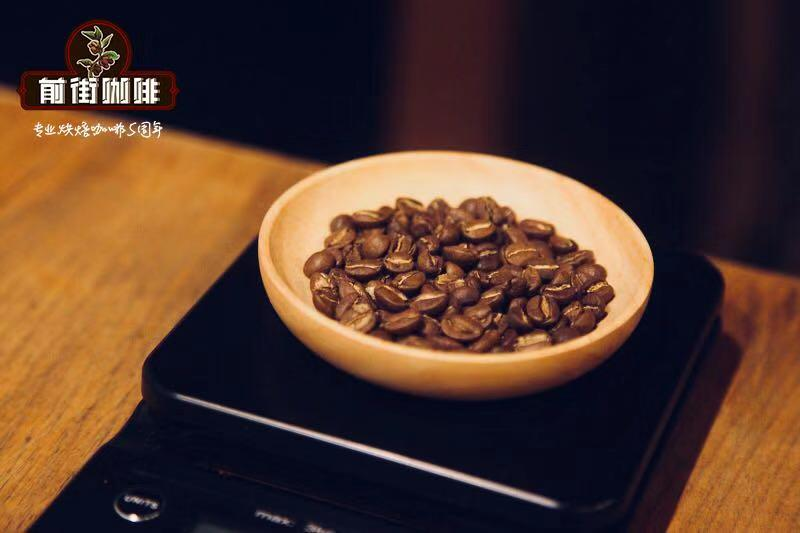
[hand punching reference]
Wash Bolivia by hand with a cup of water, it is recommended to use 15 grams of powder at 89 degrees Celsius temperature, the ratio of water to powder at 1:15, moderately grind the BG-6L,V60 filter cup, the first injection of 30g water for 25s, cut off water until 110g of water, wait for the water of the powder bed to be cut off, slowly pour until 220g of water, not in the tail section, and the extraction time is 2100s.
Flavor: dry aromas of roasted nuts and almonds, soft acidity of orange and white pomelo on the palate, sweet caramel on the whole, smooth texture of nut milk, cleanliness and balance. The herbal aroma of Yuyun is also quite attractive.
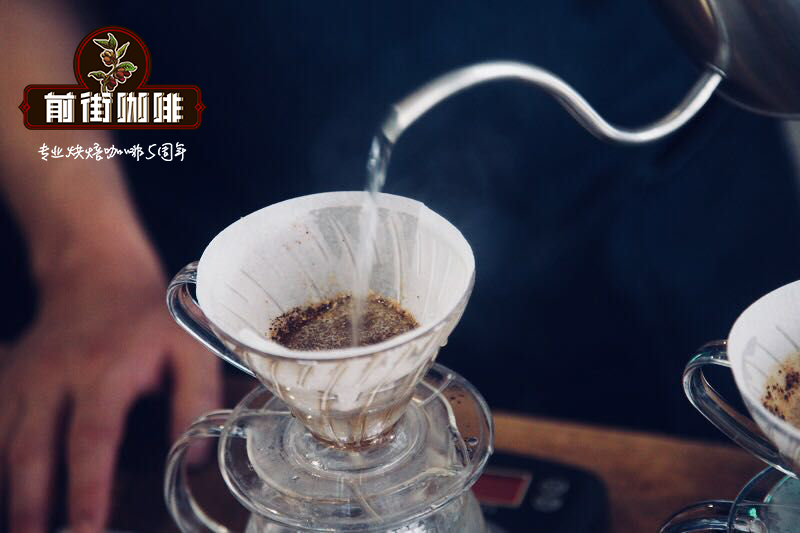
Washed iron pickup in Bolivia
[altitude]: 3812m
[producing area]: Lake Titicaca
[baking degree]: moderate baking
[treatment]: washing
[variety]: iron pickup
[producer]: small farmers in Baigabana
Flavor: dried aromas of roasted nuts and almonds, orange.

Important Notice :
前街咖啡 FrontStreet Coffee has moved to new addredd:
FrontStreet Coffee Address: 315,Donghua East Road,GuangZhou
Tel:020 38364473
- Prev
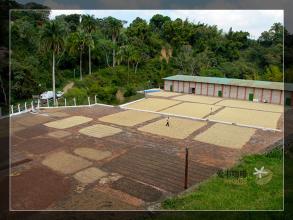
(rainforest Alliance Certification) introduction to the planting description of Emerald Manor Coffee in Panama
The geisha of the Emerald Manor has become a dream product of the coffee industry. Its flower scent is like fireworks, blooming in the mouth in the process of drinking, with juice like lemon, citrus and strawberry, making it like juice rather than coffee. Geisha coffee fan Jeff said, what kind of coffee can be as invincible as a geisha? Drinking geisha coffee from the Jade Manor of Panama every year is like a birthday feast.
- Next
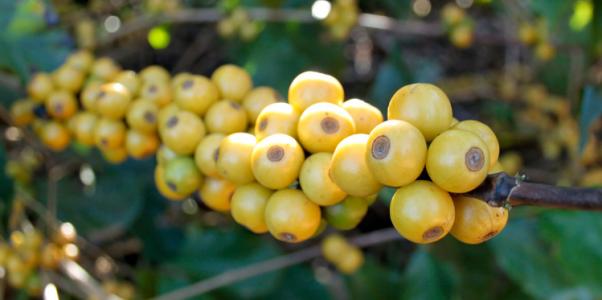
A brief introduction to the Flavor description of the altitude producing area of Coffee beans in Tian Chi Manor, Nicaragua
A brief introduction to the flavor description of the coffee production area in Nicaragua's Heavenly Manor Coffee production has a unique environment, fertile volcanic ash soil and shade planting mode, which has established a good production quality. Nepalese coffee has a rich mellow and fragrant taste, moderate acidity and excellent balance of bitterness and bitterness.
Related
- Does Rose Summer choose Blue, Green or Red? Detailed explanation of Rose Summer Coffee plots and Classification in Panamanian Jade Manor
- What is the difference between the origin, producing area, processing plant, cooperative and manor of coffee beans?
- How fine does the espresso powder fit? how to grind the espresso?
- Sca coffee roasting degree color card coffee roasting degree 8 roasting color values what do you mean?
- The practice of lattes: how to make lattes at home
- Introduction to Indonesian Fine Coffee beans-- Java Coffee producing area of Indonesian Arabica Coffee
- How much will the flavor of light and medium roasted rose summer be expressed? What baking level is rose summer suitable for?
- Introduction to the characteristics of washing, sun-drying or wet-planing coffee commonly used in Mantenin, Indonesia
- Price characteristics of Arabica Coffee Bean Starbucks introduction to Manning Coffee Bean Taste producing area Variety Manor
- What is the authentic Yega flavor? What are the flavor characteristics of the really excellent Yejasuffi coffee beans?

